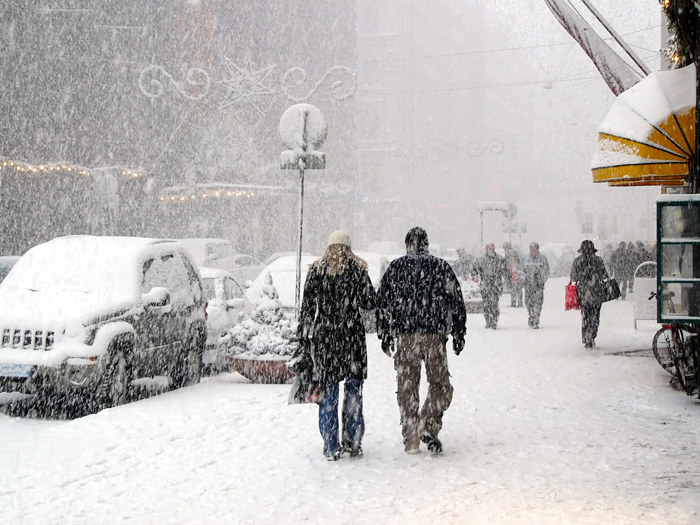Winter Storm Watch
Winter Storms Cost Insurers Big

Storm after storm has rendered the month of January anything but a winter wonderland.
Snow and ice have caused power outages, travel delays and property damage by way of fallen trees and collapsed roofs. Water damage has ensued from frozen and burst pipes.
Chicago closed its schools for two days when temperatures dropped to 16 below zero. More recently, N.Y. Gov. Andrew Cuomo declared a state of emergency as ice gripped roads in the midst of a salt shortage, and last week, after an ice storm, Pennsylvania suffered the worst power outages in its history, with the exception of Superstorm Sandy.
Aon Benfield’s Impact Forecasting catastrophe model, estimated that insured losses from severe winter weather will exceed $1.4 billion, according to its January 2014 Global Catastrophe Recap report. Direct economic losses are estimated at $3 billion.
In addition to property damage, business interruption losses will be significant due to delays in transport and frozen shipments. Trucks carrying foods, liquors, pharmaceuticals and other perishable goods are kept in chilled containers, and can easily become frozen when the trucks get delayed by icy conditions.
Shippers can help prevent this damage by using insulated containers and thermal blankets, but according to Tom Varney, regional manager for Allianz Risk Consulting, those are only short term solutions.
“Those do have limitations,” he said. “You can protect yourself from immediate impact for maybe up to a week. But in the long term, it may not be sufficient. A barge stuck at port, for example, may be out of luck.”
Goods stored in warehouses and distribution centers are also susceptible to damage if those facilities are not properly prepared for the cold.
“Warehouses are normally heated, but long-term freezing temperatures can impact a heating system if a building isn’t properly insulated,” Varney said. When temperatures inside the facility drop, internal pipes and sprinkler systems can freeze, eventually breaking and leading to water damage.
Accumulation of snow and ice can also cause structural damage to a storage facility.
“You can get icing of the gutters, which clogs them up,” Varney said. “Then, the melting snow has no place to go, which leads to a build-up of weight that roofs aren’t designed for.” A total roof collapse exposes goods not only to damage from the fallen debris, but to the elements outside.
Should a warehouse get hit with flooding from broken pipes, operators need to look below the surface to assess the damage, according to David Amori, vice president of engineering at EFI Global.
“From a structural standpoint, if it’s a wood structure or a steel structure, you need to make sure everything gets dried out properly, because you don’t want steel to corrode or wood to get wet for long periods of time,” he said. Flooding underneath a foundation can also affect soil, so it’s important to make sure the area is clear.
Business interruption losses may also stem from employees not being able to get to work, Amori said, either because of poor travel conditions or because they have been driven from their homes due to lack of power and heat.
Both Amori and Varney point to the importance of back-up supplies and contingency plans when bad weather rolls in. Having a backup source of energy to maintain heat is crucial.
“If it were my house, I’d keep a propane or kerosene heater handy,” Amori said, though they present their own risks.
With a new Nor’easter set to drop about a foot of snow in some regions by the end of the day Thursday, businesses would do well to stockpile salt and get back-up generators ready before the first flakes fall.










